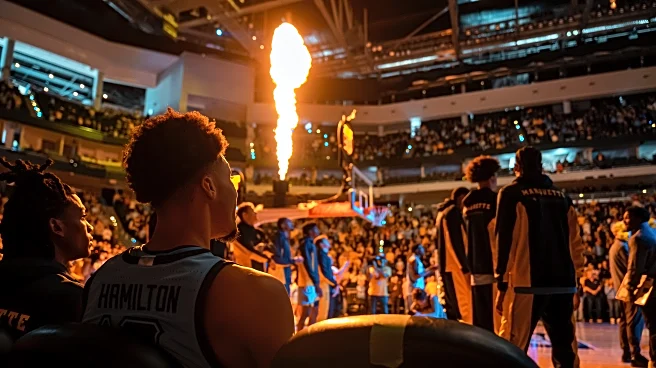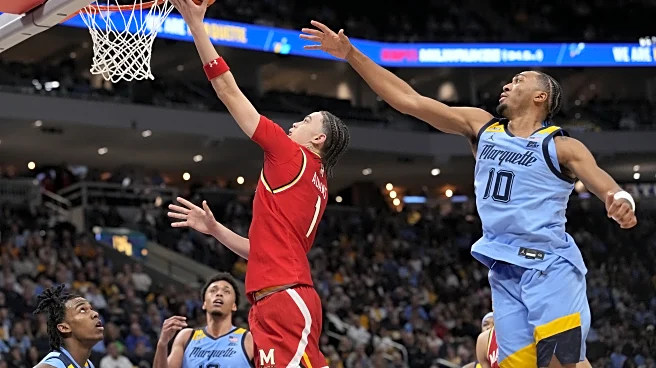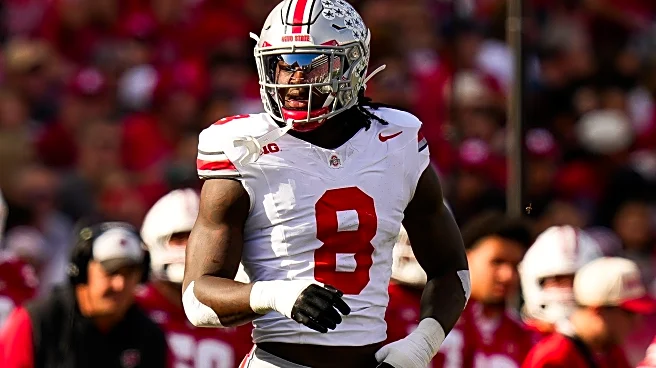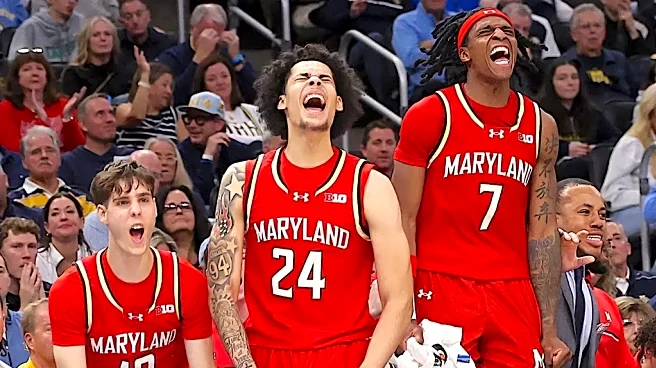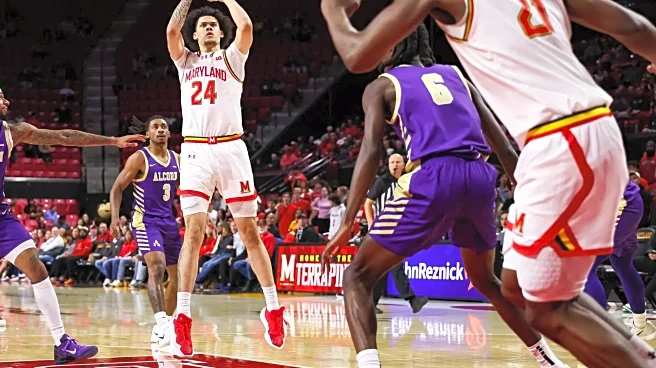“The Surprise is not old; no one would call her old. She has a bluff bow, lovely lines. She’s a fine seabird: weatherly, stiff and fast… very fast, if she’s well handled. No, she’s not old; she’s in her prime.”
— Captain Jack Aubrey, “Master & Commander: The Far Side Of The World”
Walk with me for a moment, will you?
Anybody know Evan Miyakawa? He’s got a website, EvanMiya.com, with lots of detailed college basketball analytics. He’s also got a Substack, blog.evanmiya.com, where he wanders around and explains the ideas and math behind the analytics that he’s using to measure college basketball performance.
I want to point you towards one metric/explanation in particular: Bayesian Performance Rating. Evan himself calls it “the flagship metric” for what he’s doing with his website and analysis. The technical aspect of what BPR is doing:
Bayesian Performance Rating represents how many points per 100 possessions better a player’s team is expected to be than its opponent if that player were on the court with nine other average Division I players. For example, if a player has a BPR of +5.0, this means that if he were playing with average D1 teammates, against average D1 players, his team would be expected to outscore the opposition by 5 points in a 100 possession game.
What’s going into it?
In a nutshell, Bayesian Performance Rating reflects the offensive and defensive value that a player brings to his team when he is on the court, on a per-possession basis. This rating incorporates aspects such as individual efficiency statistics, on-court impact on team performance down to the play-by-play level, previous career performance, high school recruiting profiles, adjustments for opponent players and teammates, and more. All of this results in one offensive and defensive number, which can be added together to get a player’s overall Bayesian Performance Rating.
And what’s a great/good/average number in BPR?
Typically, the best player in the country each year finishes with a BPR above +10.0, a top 50 player in the country would have a BPR of about +7.0, an average high-major starter would have a BPR of about +4.0, and an average D1 player would have a rating of precisely 0.0.
For our purposes here, this should be enough to get us all on the same page. If you really want to nerd out about the math involved, Evan goes into extreme detail about all of it on his blog. Knock yourself out if you want, but if you understand “measures offense and defense” and “10 = amazing, 4 = high major starter,” we’ll get through this together.
Alright, that’s the explainer. Now the context.
In 2022-23, Marquette won a Big East regular season and tournament title because they had four of the 24 best players in the Big East in BPR, and the next three guys with enough possessions to qualify were all at the very least above average.

In 2023-24, Marquette earned a second straight #2 seed in the NCAA tournament and went to the Sweet 16 because they had four of the 22 best players in the Big East in BPR. Tyler Kolek and Oso Ighodaro both had BPR numbers that qualify as a rough estimate of “top 50 in the country.” They had four more players who at least met the “average” designation by having a positive BPR.

In 2024-25, Marquette had the single best player in the entire Big East in Kam Jones. His BPR of 9.51 was good enough for fifth in the country, trailing only Duke’s Cooper Flagg, Auburn’s Johni Broome, Purdue’s Braden Smith, and Florida’s Walter Clayton, Jr. Marquette had only three of the 22 or 24 best players in the Big East, not four like the past two years, and only four players who met the mark of “average high major starter” or better. That slip was enough to drop MU from “national contender” to “#7 seed with a first round exit.”

You can see where this is going. And now to show you what Andrei at Paint Touches pointed out to our group chat on Sunday.

Marquette has three top 20 players in the Big East in BPR right now. Only one of them — Chase Ross — has a number that qualifies him as an average high major starter, and his 5.32 isn’t high enough to be one of the best 50 players in the country like Marquette had on the floor the past three seasons. Marquette doesn’t have enough elite performances to be a national contender, and they aren’t getting enough from their best player to lift the entire team further up. That’s not a criticism of Chase Ross, it is what it is. In fact, part of the problem with Ross’ number is that by default, Marquette losing to Indiana and Maryland is hampering the math here. While Ross might be one of the 10 best players in the Big East so far this season, his contributions aren’t leading to wins at the end of 40 minutes, so therefore, there’s a ceiling on exactly how good his contributions are. Winning plays create team wins, and if you don’t have team wins, you didn’t have enough winning plays, after all.
Further: In previous seasons, Marquette has had 5, 7, and 5 top 50 players in the Big East.
Right now, they have three. On top of that, there is a massive drop from Royce Parham at #20 to Nigel James at #52. Marquette is not getting support performances like they have in the past. Sure, it’s early, maybe there’s noise in these numbers. But we all watched the Indiana and Maryland games. “Marquette isn’t getting enough from everyone in the rotation” is an accurate statement. Even Royce Parham as a top 20 player is a bit of a mirage right now, because no one is ever going to say a guy shooting 19% on three-pointers is one of the 20 best guys in the Big East.
Two of Marquette’s players have a negative BPR, meaning they are somewhere below the national average for a men’s college basketball player. One of them, Caedin Hamilton, has started all five games and played at least 15 minutes in all of them. The other, Damarius Owens, has yet to play 15 minutes in any of Marquette’s five games after coming into the year with a hope that he would shake off his injury plagued freshman year and be at the very least a solid contributor on this team.
I’m staring at this chart that Andrei passed along on Sunday, and it hit me: Marquette is an boat with a hole in the hull.
Marquette’s mast is fine, sturdy and tall.
Marquette’s sails are fine, free from rips and tears.
Marquette’s deck is well maintained and clean.
Marquette’s cannons are prepared for action, and they shoot straight and true.
There is a lot to like about what you can see from Marquette.
But there’s a hole in the hull. There’s a hole in the hull, and it’s below the water line, down where you don’t see it right away. You look at the boat, and you don’t immediately see that there’s a gap in the hull and water is rushing in. Eventually, that hole is going to doom the entire ship, no matter how strong the mast is, no matter how much wind the sails catch, no matter how much space is open on the deck, no matter how many cannonballs are fired.
If this were the HMS Surprise under the command of Jack Aubrey, maybe there’s nothing that can be done to get that hole patched and bail the water out of the hold. You could understand how Aubrey’s crew might be pressed to have the materials on board to solve their problem in 1805. But in Marquette’s case, four of the next five contributors outside the Big East’s BPR top 20 are freshmen, one of whom just got pushed unexpectedly into the starting lineup, at least for the time being. Maybe they take their experiences from Indiana and Maryland and realize what it takes to play in this league and at this level. Maybe Zaide Lowery, the other guy in that list of five, catches on as to exactly what is needed from him now that he’s gone from 16 minutes per game off the bench to 25 minutes in the starting lineup.
Maybe they close the hole and bail the water. Maybe this becomes a worthy vessel, one prepared and ready for the tasks ahead.
But for now, that hole is letting water rush in, and it’s only a matter of time before it sinks this season.
Follow Anonymous Eagle on social media
Facebook: AnonymousEagle
Instagram: AnonymousEagleSBN
Bluesky: AnonymousEagle
